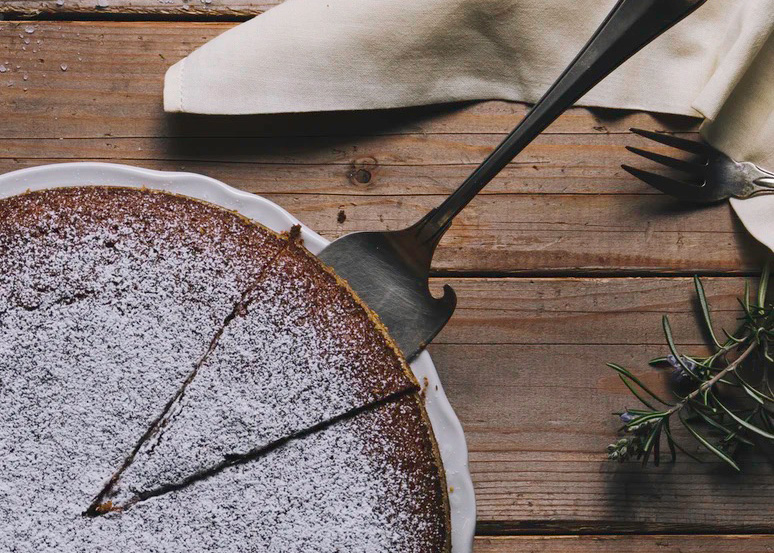Estimated reading time: 4 minutes
You don’t need a degree to be an expert; if you’ve built up credits through the school of hard knocks, you’re prepared to help others.
—
When I was in my thirties, I was diagnosed with celiac disease. Basically, in the blink of an eye, the world of food as I knew it was altered forever. Imagine that all the foods you love, pizza, pasta and bread, acted as a poison in your body. Great! “Now, what was I supposed to do?”
I did not know anyone else with this disease in the beginning, and I quickly found out that the learning curve was akin to the roller coaster at the amusement park. Just when I thought I figured it out and was on the upswing, the bottom would fall out, and I would be staggering back to square one. How frustrating. Sure, there were books, but they all suggested making your own bread or buying the sub-par stuff from the grocery store. I tried them, but they just made me sadder.
I even remember my mom and I attempted to make an apple pie for the holidays one year. We bought four different kinds of flour and followed a recipe that assured me I would not even be able to tell the difference. When the pie was done, it not only smelled disgusting, it tasted inedible. But my mom, always the optimist and master baker, claimed it was ok, that we could save it. So between laughing until we cried, we set out to save the pie. Her solution was to throw away the crust and wash each apple (yes, we washed each one) until we were sure none of the rancid flavors were left behind. The dessert that night was hot apples in a bowl with crumbs that we called our version of gluten-free pie.
This was definitely going to be a challenge.
I had no mentor or guide. Every day was a jump into the unknown. Countless meals were thrown in the garbage, and so much money was tossed down the drain.
As the years went on I had to be a fast learner since my son was also celiac and the boy had to eat. Luckily, two important things occurred. The first is that new products hit the market that were not merely lame substitutes for the real things, and second, I started to adapt and became a decent gluten-free cook.
I vowed that if I were ever in the position to help another, I would do it wholeheartedly. I have been known to hold impromptu classes with moms as they stared terrified in the frozen food refrigerators at the grocery store. I guide people when they ask questions like, “Which is the best bread to buy?” I make a point of telling people when they are eating gluten free (GF) food so they get that taste of how good it can be.
So I was ready when a friend reached out because her daughter had just received the celiac diagnosis and was starving.
This was one of those times when I didn’t merely sympathize with her plight; I jumped into action. I had lived it and knew I could help.
I vividly recalled the lousy food, the constant sense of hunger, and the fear of letting anything pass your lips.
We scheduled a beginner’s class one cold winter evening.
When they arrived for their tutorial, the girl had a sad, distant look in her eyes. I remember being that overwhelmed, so overwhelmed you could cry at the drop of a hat. It’s hard to be happy when all you can think about is what life will be like moving forward. So I put on my biggest smile and my cheerleader’s voice and grabbed her in a giant hug, whispering, “We got this.”
Of course, I had prepared for the evening with a quick trip to the store to pick up a few boxes of food that were safe and good. I also prepared the “I now eat gluten-free survival kit,” which included a grocery list, supplies, cookbooks, and recipes. I was not messing around.
It is often our struggles that prepare us to serve others — and through this service, we not only derive joy, we can also begin to heal our own pain.
You may also enjoy reading 6 Steps to Overcome Entrepreneurial Anxiety by Katy Toast
